DAC cables are regarded as one of the most effective tools for linking equipment in contemporary data or communication centers. These cables are relatively efficient and inexpensive for any data transmission limited within short distances, for example, connecting switches to routers or servers within the same rack. The layout of DAC cables boasts several benefits over the more common fiber optic cables due mainly to better performance, simplicity in operation, and lower energy requirement. The following article, targeted at the introduction of DAC cables, will discuss the constructional and operational features of these cables and their application in specific contexts of use. At the same time, we will dictate the types of current DAC cables on the market and focus on their performance, which will help professionals choose the best networking feasibility. In finishing such a detailed analysis of DAC technology and its application, readers should be able to comprehend the increasing need for fast and effective data transmission within today’s interconnected world.
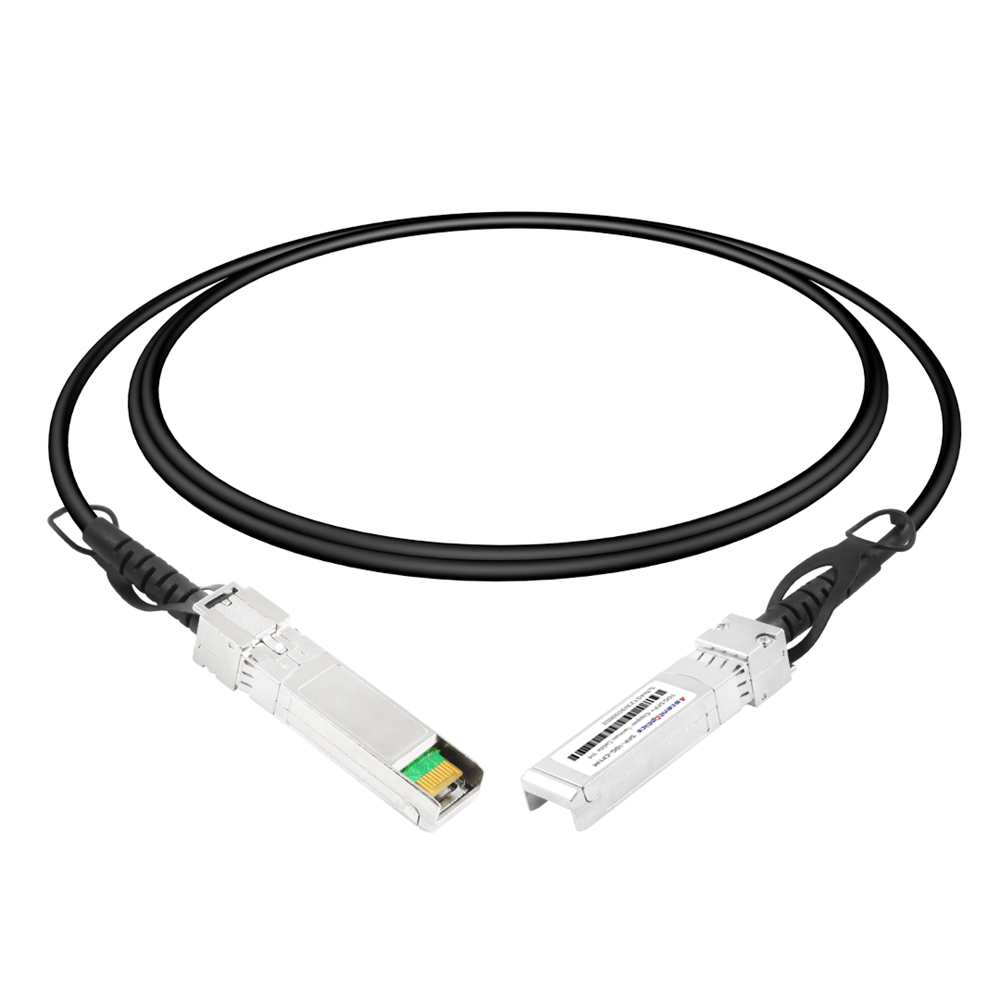
Direct Attach Copper (DAC) cables are ready-to-use high-speed cables and transceivers for short-distance data communications with an internal structure, copper leads instead of FIT connectors and are cheap and low-latency connection solutions. Dac cables generally range from () to about 5, where these cables act as connectors to devices such as switches, routers, and servers without the use of optical transceivers. There are two types of DAC cables: passive and active. Passive DACs do not have the further expense of any power source as they employ the signal primarily sent by the host device, compared to active DACs, which have electronics that condition the signals and increase distances and signal efficacy.
Direct Attach Copper (DACs) cables are the type of cables that connect devices through copper wires with certain built-in transceivers. This is a relatively short distance due to the transmission of the signal through the device’s copper cabling. Transmission is passive when no attempt is made to process the signal, thus retaining the original signal produced at the transmitter. Alternatively, active DACs use internal circuitry to amplify or process the signal to improve its quality even over long lengths as long as it’s within the operating specifications. In such plants, the coper with transceiver overcomes the remains of DAC cables; hence, the two functionalities of transmission and connection – the hardware are combined to provide the rate and performances within a short-range setting in the network.
DAC cables contain several components essential to their operation, such as data transmission cables. Each cable has two or more twisted pairs of copper wires designed for high-speed data communication. At either end of the cable, some transceivers interface with the electrical signals of the connected devices. These transceivers are housed in module connectors of general-purpose SFP+ or QSFP+ types based on the network interface specifications, e.g., 10G Ethernet. Also, shielding or other factors are considered to reduce EM interference to ensure data transmission.
Direct Attach Copper (DAC) cables are popular solutions for data centers because of their affordability and low energy consumption. They provide an effective high-performance link over shorter distances, generally less than 10 meters, and are well suited for connections between servers in different racks. Their user etiquette is that there are no optical transceivers or other modules to add, which minimizes complexity and chances of failure in the network. Besides, DAC wires provide low latency even in transfer, which is crucial in working data-intensive information in a data center. Having low costs, greater efficiency, and high performance can help improve the infrastructural network.
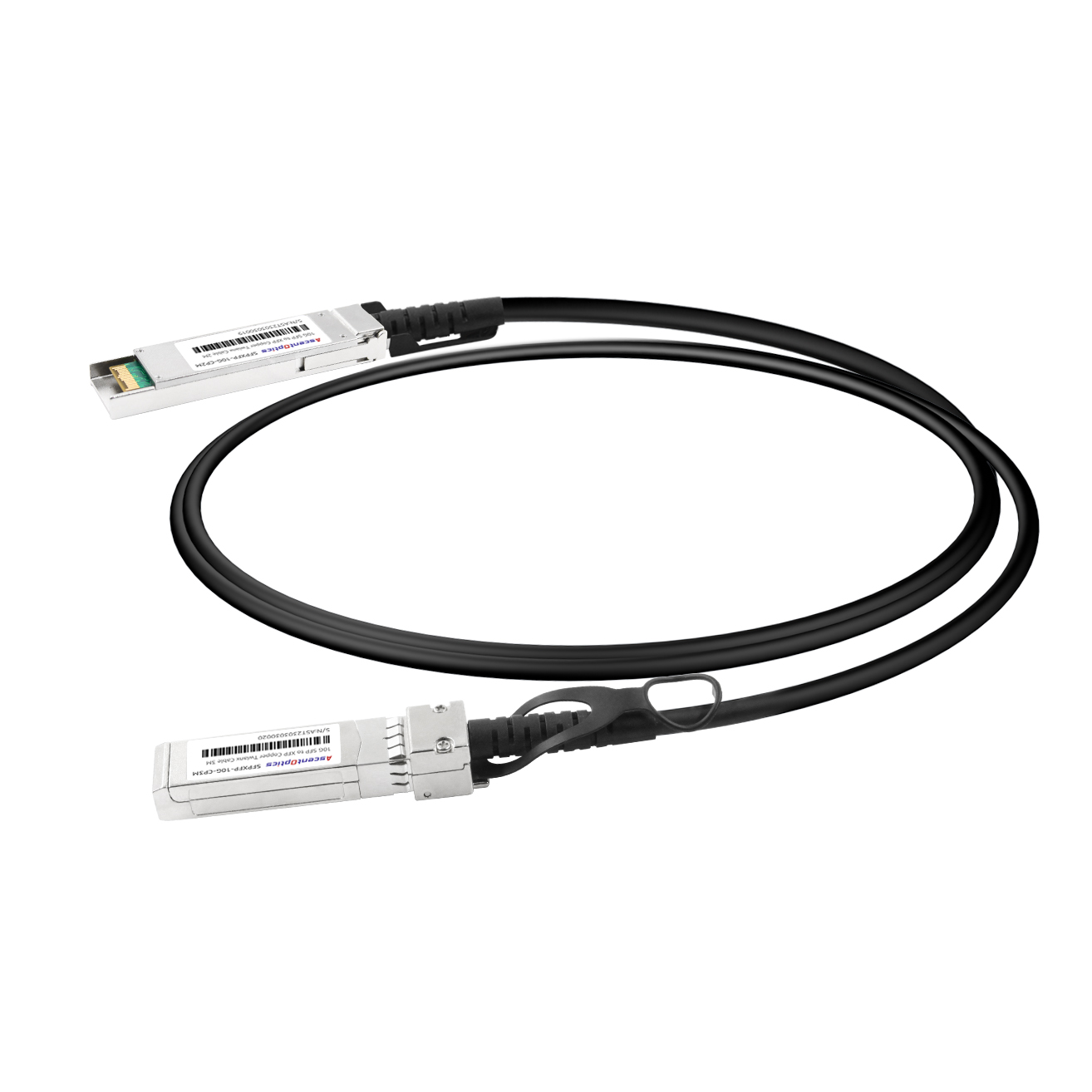
The introduction of Direct Attach Copper (DAC) cables is appreciated due to their low latency, which helps with the time taken for data packets to be transferred from a source to a sink. This is especially important in environments where data must be processed in the shortest possible time, like in data centers involving high-frequency trading or cloud computing, as even microsecond delays can jeopardize performance and outcomes. So, as there are no intermediary processing elements in DAC cables, data gets transferred in the shortest way possible, resulting in minimal possible latency. Furthermore, such a low latency ability also encourages smart applications and better preparedness regarding business activities that depend on ‘time to market’.
Direct Attach Copper (DAC) cables of passive and active types have differences mainly in power consumption and distance supported. Passive DAC cables operate without a power supply and are usually composed of copper twinax for short-reach designs. They are easy to use, low in bulk, and inexpensive. Passive systems bypass the logic functionality and instead transmit signals through the copper materials due to the electrostatic nature of the materials. Active DAC cables, in contrast, utilize active electronic elements within the cable envelope to allow signal transmission over longer lengths by compensating for the degree of signal loss. Though more expensive and power consuming, such provision achieves distances without losing signal integrity whereby such relevant applications require them. Thus, it is conclusive that the selection of passive or active DAC cables and connectors is influenced by the application domains, distance range, the presence of power, and cost constraints.
Direct Attach Copper (DAC) cables stand out as a low-cost means of further data networking because it is cheaper than other cabling instead of fiber. Further still, it states that DAC cables are also easy on the pocket for short-distance high-speed transmission, in most cases dispensing with the need to have transceivers at either end, which further cuts down on the expenses. As Network World points out, however, this also reduces the cost of materials and manufacturing because of the lack of complexity in their design, which disqualifies their deployment for cost-sensitive networks. Further, TechTarget notes that their installation and maintenance costs are also relatively low due to their easy-to-install design, making them more economical over their use period. Consequently, structures of DAC cables fit the requirements of organizations in the effort to cut down the networking budget without swaying networking output.
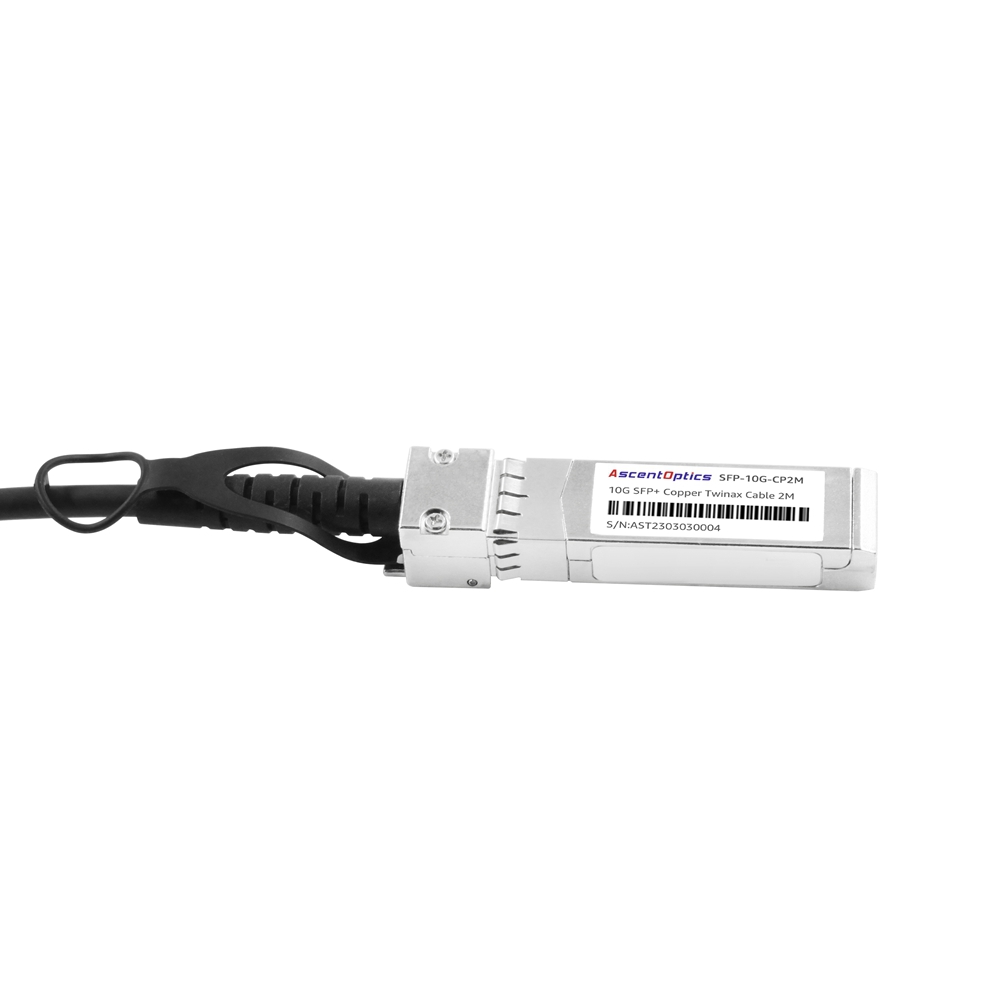
Alliance with Direct Attach Copper (DAC) cables is usually focused on particular form factors, like SFP+ (Small Form-Factor Pluggable Plus), QSFP+ (Quad Small Form-Factor Pluggable Plus), and QSFP28 connectors. Cisco provides that these cables are used widely with the switches, routers, and network interface cards equipped with these form factors for high-bandwidth connectivity within data and enterprise networks. Moreover, as per Mellanox, several high-end computing and storage solutions purportedly satisfy the performance requirement for DAC connection due to their low cost and high bandwidth characteristics. Furthermore, companies such as Dell and HP also offer coverage of these units with several documents and compatibility tables to avoid misusing DAC cables with their devices, concentrating on integration and performance management within the already established network environment.
It is possible to utilize Direct Attach Copper (DAC) cables with QSFP28 module options. These cables provide interfaces between network switches, routers, and network interface cards (NICs) that employ a QSFP28 form factor. The recent information gathered from several networking leaders such as Cisco, Arista, and Juniper Networks solvers concludes that copper DAC cables present a suitable solution for lower distance applications of up to 100 Gbps that mostly apply in data centers with QSFP28 plug factors. In addition, installing and adapting these cables to any high-speed network is not complicated due to their plug-and-play feature.
A series of steps must be explicitly followed when connecting passive direct attach copper twinax cables with QSFP28 modules over DACs to avoid incompatibility with the previously existing network structure. First, cross-reference matrices and other documentation related to Cisco, Dell, and HP, among others, should be sought because they give detailed descriptions of all the DAC cables compatible with an array of switches, routers, and network equipment. Next, ensure that the DAC cables comply with the cable standards required in that particular network environment, for instance, SFF-8436, which helps prevent non-compliance with high-speed data needs. Engage in network validation tests to establish proof of performance alongside functionalities of the DAC cables in the existing infrastructure and, therefore, alter configuration settings for effective integration. Following these principles will be quite helpful in achieving optimal inter-working and keeping great performance levels of data centres and enterprise networks.
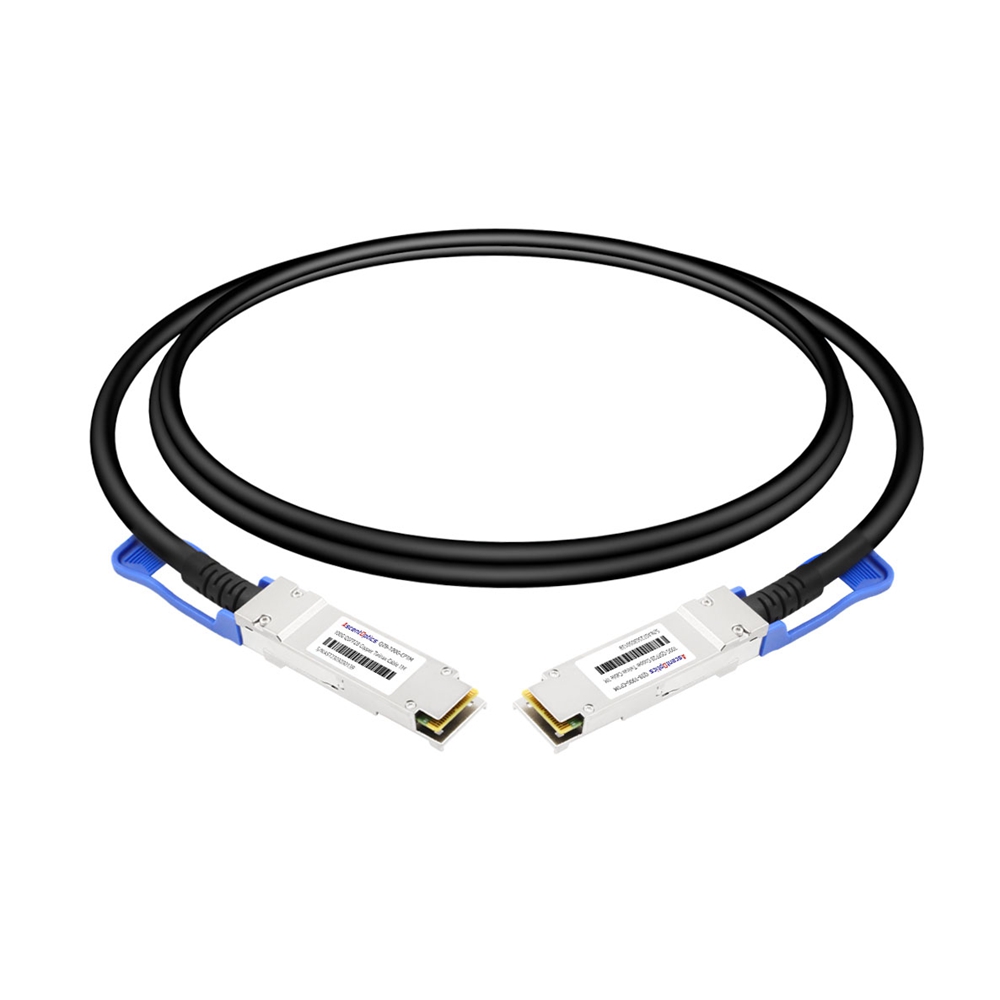
Depending on the application and the vendor’s specifications, Direct Attach Copper (DAC) cables are usually found in lengths ranging from a mere 05 meters to 7 meters, primarily targeted at rack-to-rack interconnectivity services. These lengths help meet different rack-to-rack connectivity needs in the data center. Users can choose cables of appropriate lengths to reduce signal loss, enhance performance, and control the amount of cabling in a limited area. Passive copper direct attach cables, for instance, are usually short and hence have less latency and greater reliability. Still, longer cables are offered, which support a more extensive physical network topology.
DAC cables have a maximum cable length of about 7 meters, which is quite limiting. This limitation can be attributed to copper being used as the transmission medium, which loses signal quality with distance more than fiber optics. DAC cables offer enough distance and bandwidth in data center applications where rack-to-rack (or, more frequently, top-of-rack ToR) configurations are commonly employed. Though these cables are effective in short-term terminal connections, terminals requiring longer spans of active optical cable (AOC) and standard fiber optic cables are the most suitable cables since the signal strength will not be lost over a long distance.
In a 0.5m and 5.0m DAC cable comparison, many parameters should be considered, especially from the perspective of performance and application. A 0.5m DAC cable experiences latency, which is lower, and there is little risk of signal loss compared to a 5m cable because a shorter length ensures that the transmission distance in compacted data center racks is kept to the minimum. This also enables it to meet a high-frequency low latency, particularly when DAC twinax cables are used. However, a 5m DAC cable makes it possible to achieve more interconnectivity within large geometrical frameworks in the same rack or between neighboring racks, even though it may suffer from additional latency and some signal loss. However, in both cases, these cable lengths are offered as economically sound passive interconnect systems for applications with a physical limitation in cable length.
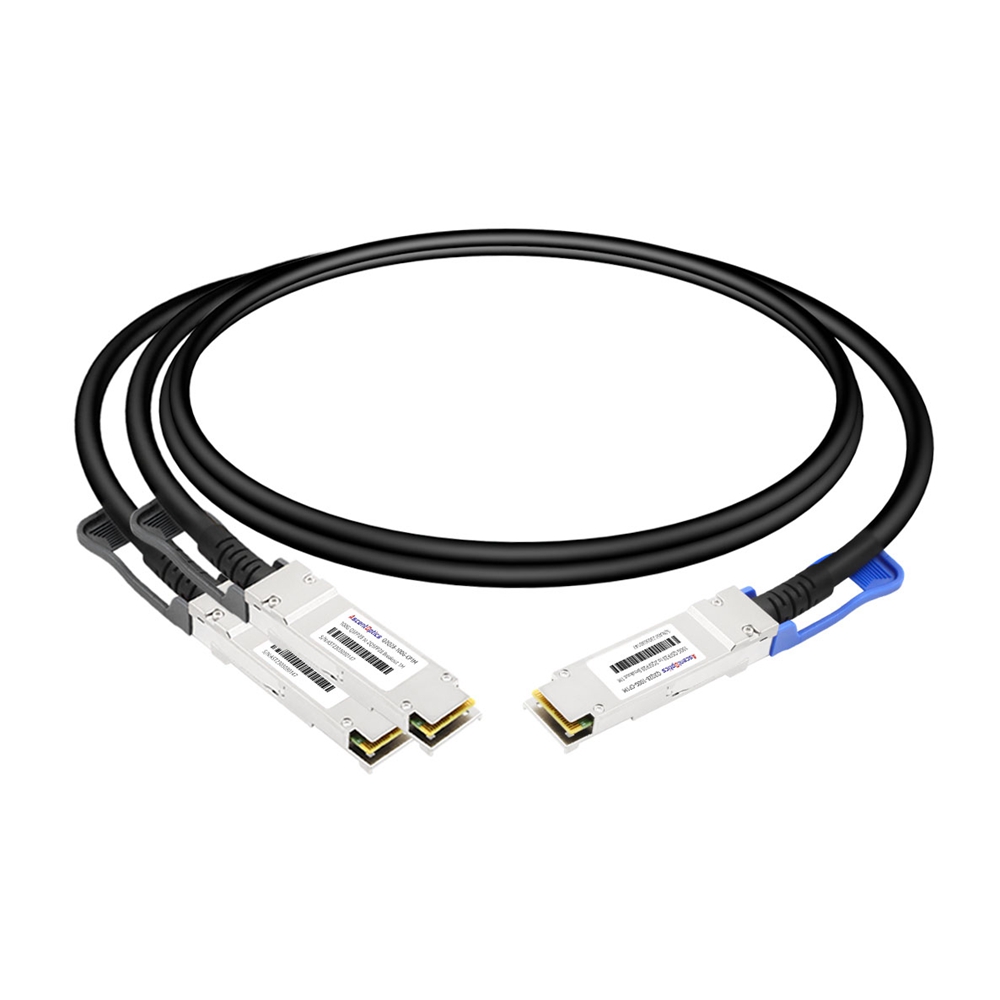
The assessment of the performance of Direct Attach Copper (DAC) cables in relation to the fiber active cables encompasses several factors. To begin with, it can be noted that copper twinax DAC cables function best within very short distances, such as those typical for data centers, particularly in 10G Ethernet applications. They have low latency and low cost but are restricted by the distance the signal can travel and the bandwidth that can be achieved, making them inefficient in most applications. On the other hand, fiber optic cables, made of bundled glass or plastic strands, have high bandwidth and are almost impervious to distance, which means that these cables can be used for long-range connectivity. The data carried by fiber optics is also at the speed of light; therefore, it is within reach of high transfer rates. However, a comparatively accurate and inexpensive alternative to the spectrum twinax cables is available for shorter distances. The downside with DAC was that Opgw takes even less, but fiber installation always had higher upfront costs than what this proved, rather than providing amazing solutions with critical distances and data rates.
There are certain occasions for which users prefer to use the Direct Attach Copper (DAC) cables in computer data centers and in high-performance computing. Owing to their inexpensive costs and modest power use, DAC cables also work best for high-speed and short-range connection within the same rack or in the adjacent racks between the computers, switches, and storage systems. In particular, this feature is beneficial in those systems where dense interconnections are required, such as the Tightly Coupled Systems (TCS) and in the port aggregation within a centralized hub. In addition, DACs are also appreciated in environments where the performance is consistent, and there is no requirement for transceivers or optical parts, which makes installation easier and cuts down the cost of ownership. Overall, owing to their robustness and passive characteristics, they are well suited for the architectural use of intra-datacenter rack networking.
Considering the price and energy consumption, DAC cables are cheaper, especially for short interconnections within data centers. They usually have lower capital costs and power consumption since their passive nature does not require extra active optical transceivers. Initially, it is more expensive, needs active parts, and more energy is consumed; fiber optic cables over distance have superior bandwidth. Hence, it is preferable to use DAC cables in situations where budget limitations and restrictions of power consumption for limited areas are essential in the project. On the other hand, fiber optics are best for the situation where the quality of service across wide distances is critical.
A: Direct attach cables are high-performance cables that come with attached transceivers to the ends of the cable itself. In contrast to optical cables, DACs utilize twinax copper for data transfer. Such connections are usually limited to less than 7 meters, cosmetic and of efficient design energy as well as cost wise than optical alternatives.
A: Certainly. Active DACs possess onboard signal processing, whereas passive copper DACs are basic structures consisting of a copper cable and connectors for short-distance applications. Passive DACs possess no active amplification components and are generally limited to small lengths, usually 5m and below. Various active components for ‘shoring up’ of the cables present are built, and those cables reach lengths of 15m but may go higher so as the data rate. Generally, active DACs are expensive, though they allow better distance and performance trade-offs.
A: DAC cables are quite familiar with available lengths of 1m, 2m, 3m, and 5m. Some manufacturers provide 7m and 10m of active DACs. To measure up to the appropriate length, measure the distance from the device to device, taking into account the routing distance within the rack where applicable, and more importantly, with directly attached copper twinax cables. However, it is necessary to use a cable that exceeds the required length but is no longer than that to avoid load on the adverse, stress, and strain in connectors.
A: An SFP28 direct-attach cable is a type of DAC for 25G Ethernet purposes with passive copper connectors. It employs the SFP28 connector and housing, which is an improved version of the SFP+ design. These cables, including DAC Twinax cables, are used in data centers and other high-performance computing facilities to connect switches and servers or storage that require fast and low-latency communications.
A: A breakout DAC cable is a type of cable that turns one higher-speed port into many lower-speed ports. Specifically, a QSFP28 to 4x SFP28 breakout DAC cable can convert a single 100G QSFP28 port into four 25G SFP28 ports. This kind of cable is helpful when a high-speed switch needs to be connected to many lower-speed devices or when an attempt is made to increase the port density and flexibility of the network infrastructure.
A: QSFP28 to QSFP28 DAC cables are meant for 100G Ethernet connections between devices with QSFP28 ports, while there are other alternatives, like 10G Ethernet cables. These cables have enhanced data rates than SFP+ or even SFP28 DACs. They are typically used in high-end supercomputing applications and large-scale data centers or enterprise networks where high-speed data transfer is necessary across interconnected switches, routers, or servers.
A: DAC cables cannot be used with an optical transceiver, as they are built on completely different data transmission technologies. Even though these differ in their applications, many networking devices possess ports that could be used either for DACs or transceivers, which renders mobility. When deciding between DACs and optic solutions, factors such as distance, expense, and power consumption should be evaluated.
A: AOC cables are designed as individual units like DACs but feature only embedded fiber-based transceivers. AOCs are the better option due to their greater support range (up to 100m or more), lower weight, and greater resistance to EMI compared to passive direct attach copper twinax options. However, AOC is more expensive than DACs. If you require a longer length of cable runs or are in an area with a lot of electromagnetic interference, this would be the solution.
A: There are standard DAC cables; however, from experience, some vendors, such as Cisco, would still want you to use their branded cables if you wish for adequate support. On the other hand, passive copper DACs and other third-party DAC cables are made to work with any vendor’s equipment. It is always good to note that not all DACs will function properly when connected to specific network devices, even if they’ve been purchased, so look out for DACs that are endorsed or compatible with your network devices.
A: In most cases, such cables provide numerous advantages. They effectively connect high-speed applications over short lengths (up to about 7m) at an affordable cost. This is because part of the cabling system is saved thanks to fewer components requiring separate transceivers and cables. They also help reduce the number of connection mismatches that often occur during installations by incorporating integrated transceivers in the design. Furthermore, due to DACs being close to chips, they can maintain signal integrity and low latency over long distances, which makes them suitable for data center and high-performance computing applications.